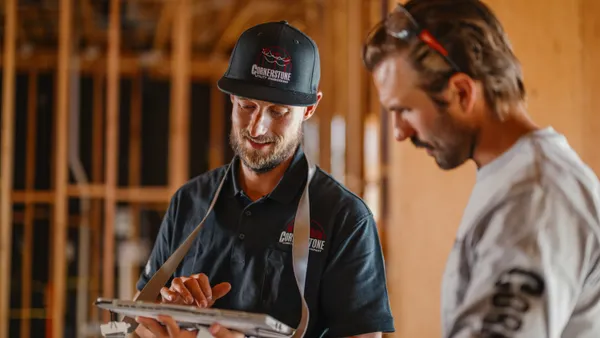Dive Brief:
- Scientists in the civil engineering department at the University of Victoria in British Columbia announced they might be close to a formula for self-healing concrete, the Canadian Press reported.
- Professor Rishi Gupta said his team is testing material combinations for their ability to both heal cracks and to create crack-free concrete that lasts longer than traditional concrete.
- Gupta’s researchers are experimenting with different amounts and types of fibers — such as fly ash and wood cellulose — in an attempt to find the combination that will effectively seal concrete and cracks. The team will also be testing new tools that can measure concrete’s lifespan and strength when used in buildings or infrastructure.
Dive Insight:
Gupta said that if researchers can find a way to "heal" concrete, this discovery could also improve the material’s sustainability, the Canadian Press reported.
British Columbia Technology Minister Amrik Virk said that a self-healing concrete product could be useful in making bridges and buildings safer. "The ability to look at aging infrastructure, not only in North America but around the world, where we could potentially apply a coating on concrete that’s going to solve overpasses from falling down," Virk told the Canadian Press.
In November, a research team from Cardiff University in Wales announced that they were testing three different concrete healing technologies based on their own self-healing concrete formula. The team said its research goal is a system that can be embedded into concrete structures to help with needed repairs when it senses damage.
Concrete is one of the most used building materials in the world, and it costs construction firms across the globe billions of dollars each year to repair.













